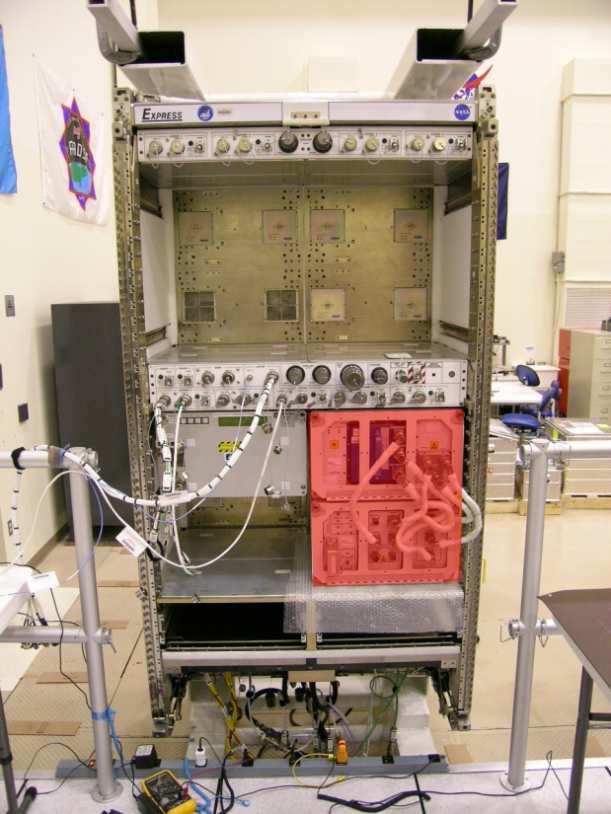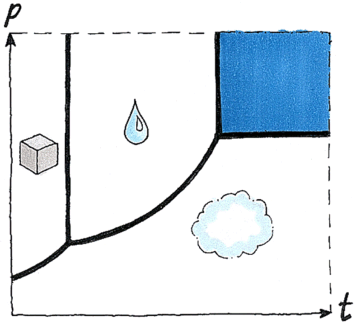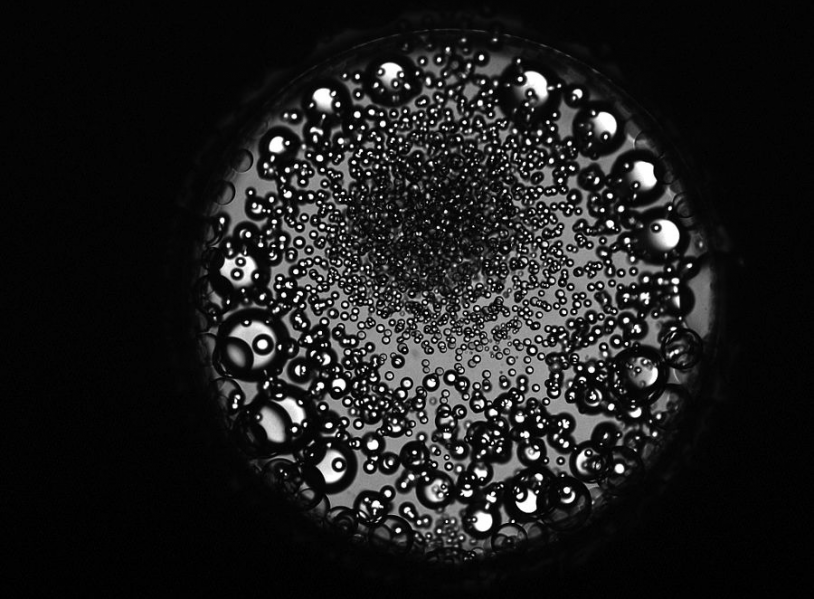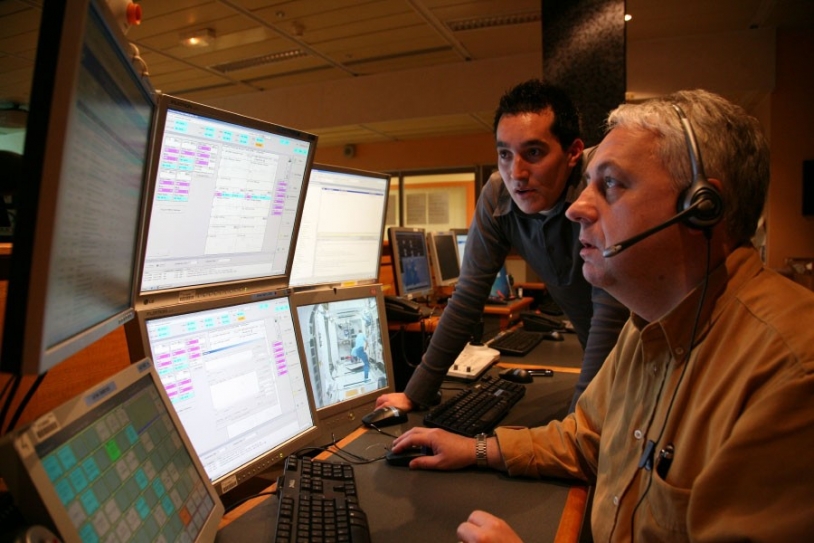16 November 2010
An unimpeded view of matter

"The DECLIC laboratory has now been in space for a year and is operating flawlessly,” says Bernard Zappoli, head of CNES’s materials science programme. “The CADMOS1 team in Toulouse has even succeeded in correcting some anomalies from the ground, which was a real feat of engineering!”
For while DECLIC is orbiting 400 km overhead on the International Space Station, its experiments are controlled in real time from Toulouse.
So what sort of experiments are scientists doing? They are looking at transformations of matter, particularly in ‘supercritical’ fluids, that is, fluids which exhibit the properties of both a liquid and a gas.

Here on Earth, it is impossible to clearly observe the transformation of a fluid like water into a supercritical state.
The reason is because this type of phenomenon is masked by gravity. “Space offer scientists pure experimental conditions,” explains Bernard Zappoli.
For example, using the HTI2 module scientists have been able to determine the critical temperature of water, above which it goes supercritical when under pressure.
“Today, there are unanswered questions concerning how water behaves below this critical temperature, so there are potential discoveries to be made,” promises Bernard Zappoli.

The mini-laboratory on the ISS developed by CNES could one day enable waste to be treated in completely eco-friendly fashion. Credits: CNES.
From submarine life to soda cans

DECLIC picture of 19 October on the ISS showing the state of water 99 thousandths of a degree below the critical temperature. Credits: CNES.
In November, the HTI module is being brought back to Earth to be filled with saltwater.
“The French and US scientific community will then be able to analyse how this fluid behaves in extreme conditions similar to those in ocean trenches,” explains Bernard Zappoli. “For example, they will be able to study the physics and adaptation of living organisms along ocean ridges.”
Using another module called DSI3, researchers have been able to look at the solidification of an alloy and reveal structural anomalies as never seen before.
“By probing the growth dynamics of such flaws we can eliminate them and make materials stronger, like for example in soda cans, which are a big market,” says Bernard Zappoli.

Reference data unobtainable on Earth will thus be accumulated and fed into the numerical models used in many industries.
The 3rd module, ALI4, designed to study boiling in the vicinity of the critical temperature, will be fired up in March 2011.
And it’s a safe bet that it won’t be the last, as Bernard Zappoli is pleased to confirm, since “NASA is interested in DECLIC and is looking at developing a new insert.”
(1) CADMOS centre for the development of microgravity applications and space operations
(2) High Temperature Insert
(3) Directional Solidification Insert
(4) Alice-Like Insert